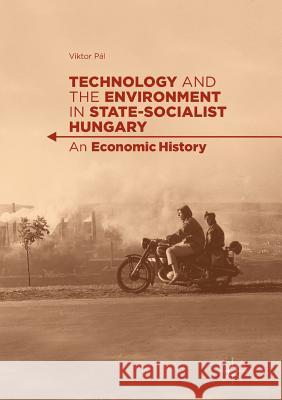Technology and the Environment in State-Socialist Hungary: An Economic History » książka
topmenu
Technology and the Environment in State-Socialist Hungary: An Economic History
ISBN-13: 9783319876498 / Angielski / Miękka / 2018 / 263 str.
Kategorie:
Kategorie BISAC:
Wydawca:
Palgrave MacMillan
Język:
Angielski
ISBN-13:
9783319876498
Rok wydania:
2018
Wydanie:
Softcover Repri
Ilość stron:
263
Waga:
0.33 kg
Wymiary:
21.01 x 14.81 x 1.5
Oprawa:
Miękka
Wolumenów:
01
Dodatkowe informacje:
Wydanie ilustrowane











